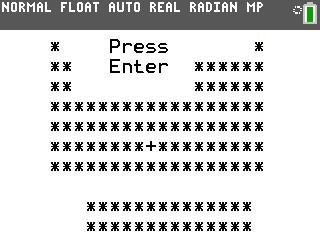willwac wrote:
Store
Code:
in a string (i.e. Str2) and do
Code:
I could, but if I'm not mistaken, then wouldn't the string just add another step in the code since I'm only using that data once, causing it to run slower? On small scale, wouldn'tCode:
"H He Li Be B C N O F Ne Na Mg Al Si P S Cl Ar K Ca Sc Ti V Cr Mn Fe Co Ni Cu Zn Ga Ge As Se Br Kr Rb Sr Y Zr Nb Mo Tc Ru Rh Pd Ag Cd In Sn Sb Te I Xe Cs Ba La Ce Pr Nd Pm Sm Eu Gd Tb Dy Ho Er Tm Yb Lu Hf Ta W Re Os Ir Pt Au Hg Tl Pb Bi Po At Rn Fr Ra Ac Th Pa U Np Pu Am Cm Bk Cf Es Fm Md No Lr Rf Db Sg Bh Hs Mt Ds Rg Cn UutFl UupLv UusUuo"Code:
Output(2,8,sub(Str2,3V-2,3Code:
:Output(1,1,"A"Code:
:"A"→Str1
:Output(1,1,Str1



 [/url]
[/url]







